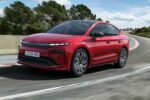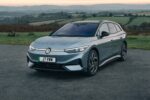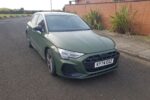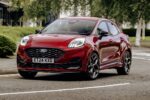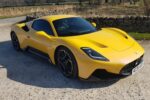Featured · Reviews · Road Tests · SEAT
SEAT Tarraco – cool and collected
 SPANISH car maker SEAT had to pull off a tricky balancing act when designing its latest flagship model, the Tarraco.
SPANISH car maker SEAT had to pull off a tricky balancing act when designing its latest flagship model, the Tarraco.
As its first entry into the large SUV scene the vehicle had to fulfil all the functions of a 21st Century seven-seater, while preserving the emotional feeling so synonymous with the brand’s ethos.
Engaging the brand’s customer base was of paramount importance from the get-go, to the point that the car’s name – referencing the Mediterranean city of Tarragona – was the outcome of a vote among 146,000 SEAT enthusiasts.
And when Tarraco hit UK streets last year it was clear that it combined the key elements of every vehicle in the SEAT line-up – design and functionality, sportiness, comfort, technology and of course emotion.
Seven-seaters may not always be the most dynamic cars on the road, but the Tarraco has bags of style thanks to its elegant profile, sporty stance and slicked-back LED headlamps.
 It is appreciably larger than SEAT’s other two SUVs, the Ateca and Arona, its 4,735mm length contributing to the sort of vast interior space families find invaluable.
It is appreciably larger than SEAT’s other two SUVs, the Ateca and Arona, its 4,735mm length contributing to the sort of vast interior space families find invaluable.
There’s arm, shoulder and legroom to spare throughout the cabin and you can even stash a few items in the boot with all three rows of seats in place – while dropping the back row opens up 700 litres of space.
Even then the trio of second row passengers have the option of sliding their seats forward or back as desired.
In fact the only downside concerns the two extreme rear seats, which are really only suitable for kids and require some dexterity to access as well.
 Otherwise there are cup holders and cubbies, stowage pots and phone plug-ins throughout, regardless of whether you go for an entry level model or one of the high grade Excellence Lux offerings.
Otherwise there are cup holders and cubbies, stowage pots and phone plug-ins throughout, regardless of whether you go for an entry level model or one of the high grade Excellence Lux offerings.
The SE Technology model, one from bottom of the six trim grades, gives buyers plenty of kit for their cash, the likes of a colour touchscreen, dark tinted rear windows, 18-inch alloy wheels and a 3D navigation set-up all included in the price.
Apart from the six trim grades there are two petrol and a pair of diesel engines, both developing between 150 and 190PS of punch, in the Tarraco line-up.
There’s also a choice of six-speed manual or seven-speed DSG auto transmission and SEAT’s 4Drive all-wheel drive if you want it.
 Our tested version featured the lower powered petrol unit, a 1.5-litre TSI EVO turbocharged engine offering adequate power given the size of vehicle and scope for passengers and luggage.
Our tested version featured the lower powered petrol unit, a 1.5-litre TSI EVO turbocharged engine offering adequate power given the size of vehicle and scope for passengers and luggage.
In fact covering 175 miles of mixed urban and motorway driving we managed to return just over 37 miles per gallon, which compares favourably with the official figure of 42.8mpg.
It’s an enjoyable and rewarding car to drive too, benefiting from a raised driving position and showing terrific agility and poise for a large vehicle – way more impressive than the seven-seaters of old.
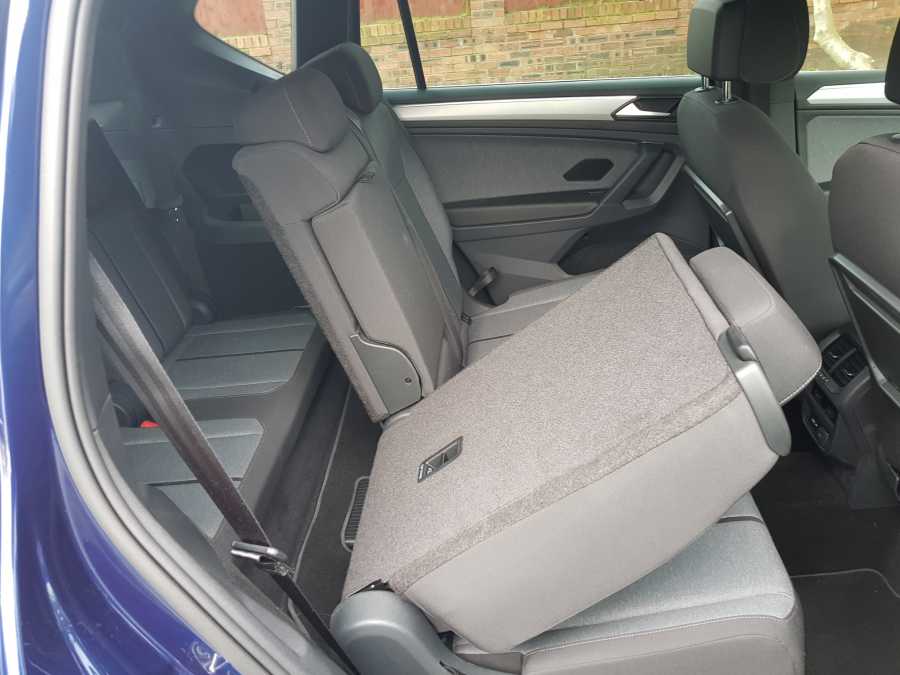 And you can also pick from four different drive modes – Normal, Sport, Eco or Individual – to enhance the driving experience and car’s efficiency.
And you can also pick from four different drive modes – Normal, Sport, Eco or Individual – to enhance the driving experience and car’s efficiency.
The quality of the fit and finish, both inside and out, is of high quality and a suite of safety features – like Front Assist, Lane Assist, Tiredness Recognition and Emergency Call – is standard throughout the range.
Add convenience features like parking assist, an electric tailgate with virtual pedal plus a top view camera system and the Tarraco stands high among its competitors in the large SUV market.
- SPEC CHECK
- MAKE SEAT.
- MODEL Tarraco 1.5 TSI EVO SE Technology.
- ENGINE 1,498cc, 4-cyl petrol.
- POWER 150PS at 5,000pm.
- PERFORMANCE 0-62 in 9.7 secs, top speed 125mph.
- ECONOMY 33.2mpg Urban, 50.4 Extra Urban, 42.8 Combined.
- CO2 EMISSIONS 134g/km.
- BiK RATING 31%
- INSURANCE Group 23 (1-50).
- PRICE £29,670 on the road.
WHAT’S HOT
- Space, comfort, equipment, economy.
- WHAT’S NOT
- Awkward access to third row seats.
- RATINGS {Out of 10}
LOOKS . . . . . . . . . . . . . . . . . . 8
EQUIPMENT . . . . . . . . . . . . .8
RIDE AND HANDLING . . . . 8
PERFORMANCE . . . . . . . . . .7
VALUE FOR MONEY . . . . . . 8




